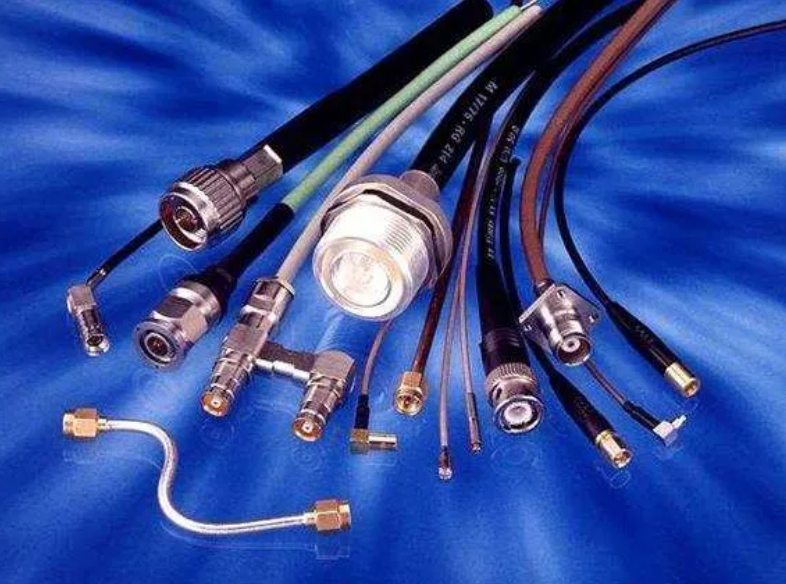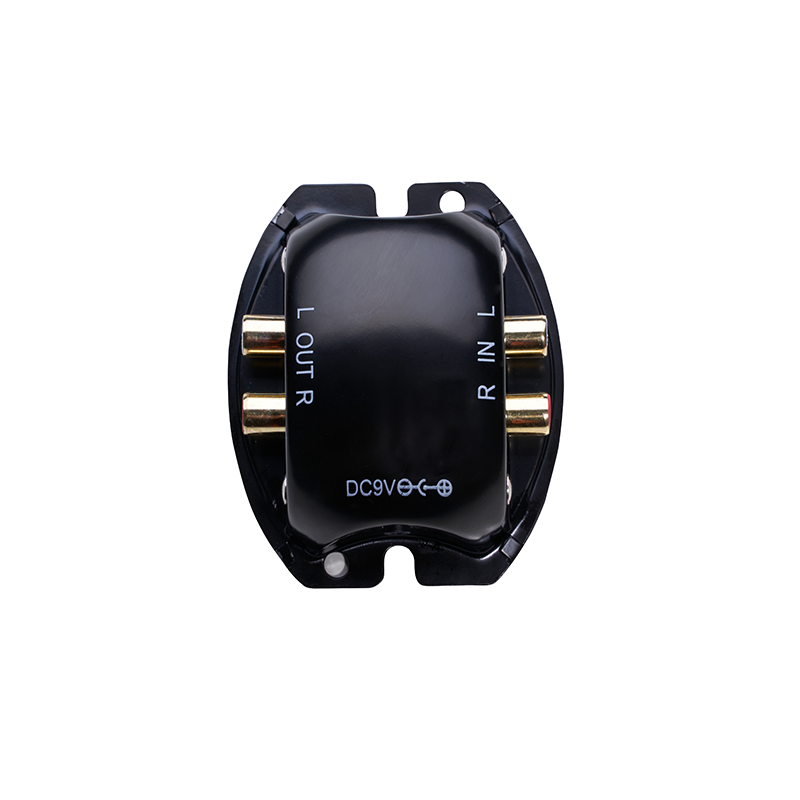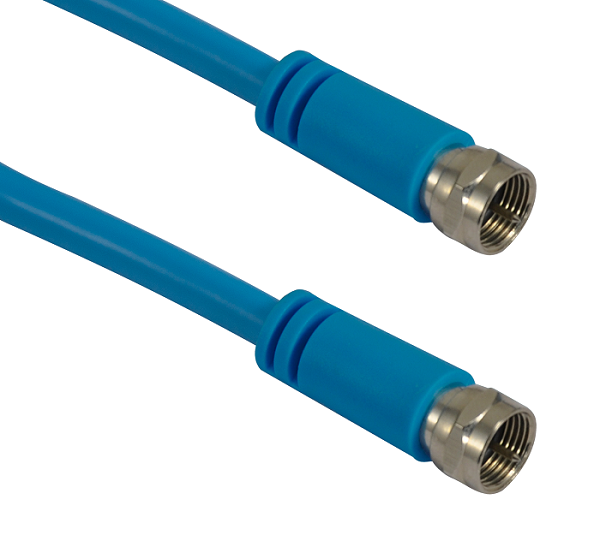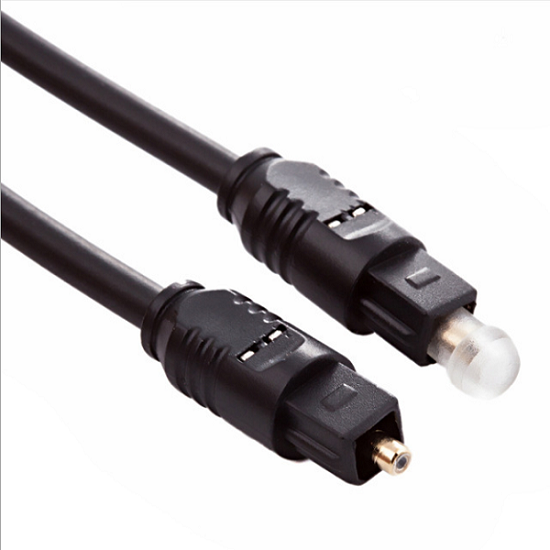The more high frequency the Coaxial Cable is used, the greater the loss, the reasons are as follows,

a. The higher the frequency of the signal, the stronger the skin effect. The more concentrated the transmission on the metal surface, the smaller the transmission cross-sectional area. Therefore, the greater the impedance, the greater the loss. In order to reduce the loss, the radio frequency line uses expensive Metal (high conductivity, precise manufacturing process, etc.).
b. Coaxial Cable loss is divided into dielectric loss and metal conductor loss. The main one is dielectric loss. Generally, the relative dielectric constant is low and the dielectric loss angle factor is small, so that the attenuation is small. The medium requires a consistent structure to ensure uniform impedance. The higher the frequency, the more difficult it is to maintain a consistent and continuous impedance, and the reflection loss will be larger.
1. Dielectric loss:
When the frequency is high, the dielectric constant is a function of frequency due to the dispersion of the medium. The fundamental reason is that the charged particles change differently with the alternating electric field. The dielectric coefficient changes with frequency should have a maximum value, but because the Coaxial Cable insulation is a highly non-polar material, the dielectric coefficient dispersion from low frequency to high frequency is very weak.
2. Conductor loss:
Strictly speaking, conductor loss can actually be divided into two parts: heat loss and electromagnetic leakage caused by incomplete shielding. The same shielding rate has different shielding effects on electromagnetic waves of different frequencies, and shielding effects on high frequencies. Not as good as low frequency (of course, this is not the main part of the loss).
c. Skin depth δ=1/πfuσ; cross-sectional area of transmission current s=π[(r+δ)²-r²]; transmission resistance R=1/σs;
Conclusion: The thicker the wire, the larger the cross-sectional area and the smaller the transmission resistance;
The greater the electrical conductivity, the smaller the skin depth and the smaller the cross-sectional area, which increases the transmission resistance; the greater the electrical conductivity, the transmission resistance can be reduced; from the two considerations, the latter is dominant, so the electrical conductivity The greater the rate, the smaller the resistance;
The higher the frequency, the smaller the skin depth and the larger the transmission resistance.
d. The thinner and longer the Coaxial Cable, the greater the loss, and the higher the signal frequency, the greater the loss.
 English
English  Esperanto
Esperanto  Afrikaans
Afrikaans  Català
Català  שפה עברית
שפה עברית  Cymraeg
Cymraeg  Galego
Galego  Latviešu
Latviešu  icelandic
icelandic  ייִדיש
ייִדיש  беларускі
беларускі  Hrvatski
Hrvatski  Kreyòl ayisyen
Kreyòl ayisyen  Shqiptar
Shqiptar  Malti
Malti  lugha ya Kiswahili
lugha ya Kiswahili  አማርኛ
አማርኛ  አማርኛ
አማርኛ  Bosanski
Bosanski  Frysk
Frysk  ភាសាខ្មែរ
ភាសាខ្មែរ  ქართული
ქართული  ગુજરાતી
ગુજરાતી  Hausa
Hausa  Кыргыз тили
Кыргыз тили  ಕನ್ನಡ
ಕನ್ನಡ  Corsa
Corsa  Kurdî
Kurdî  മലയാളം
മലയാളം  Maori
Maori  Монгол хэл
Монгол хэл  Hmong
Hmong  IsiXhosa
IsiXhosa  Zulu
Zulu  Lëtzebuergesch
Lëtzebuergesch  Malagasy
Malagasy  Punjabi
Punjabi  پښتو
پښتو  Chichewa
Chichewa  Samoa
Samoa  Sesotho
Sesotho  සිංහල
සිංහල  Gàidhlig
Gàidhlig  Cebuano
Cebuano  Somali
Somali  Тоҷикӣ
Тоҷикӣ  O'zbek
O'zbek  Hawaiian
Hawaiian  سنڌي
سنڌي  Shinra
Shinra  Shinra
Shinra  Հայերեն
Հայերեն  Igbo
Igbo  Sundanese
Sundanese  Yoruba
Yoruba  Español
Español  Português
Português  русский
русский  Français
Français  日本語
日本語  Deutsch
Deutsch  tiếng Việt
tiếng Việt  Italiano
Italiano  Nederlands
Nederlands  ภาษาไทย
ภาษาไทย  Polski
Polski  한국어
한국어  Svenska
Svenska  magyar
magyar  Malay
Malay  বাংলা ভাষার
বাংলা ভাষার  Dansk
Dansk  Suomi
Suomi  हिन्दी
हिन्दी  Pilipino
Pilipino  Türkçe
Türkçe  Gaeilge
Gaeilge  العربية
العربية  Indonesia
Indonesia  Norsk
Norsk  تمل
تمل  český
český  ελληνικά
ελληνικά  ελληνικά
ελληνικά  український
український  Javanese
Javanese  فارسی
فارسی  தமிழ்
தமிழ்  తెలుగు
తెలుగు  नेपाली
नेपाली  Burmese
Burmese  български
български  ລາວ
ລາວ  Latine
Latine  Қазақша
Қазақша  Euskal
Euskal  Az?rbaycan
Az?rbaycan  Slovensky jazyk
Slovensky jazyk  Македонски
Македонски  Lietuvos
Lietuvos  Eesti Keel
Eesti Keel  Română
Română  Slovenski
Slovenski  मराठी
मराठी  Srpski језик
Srpski језик 











